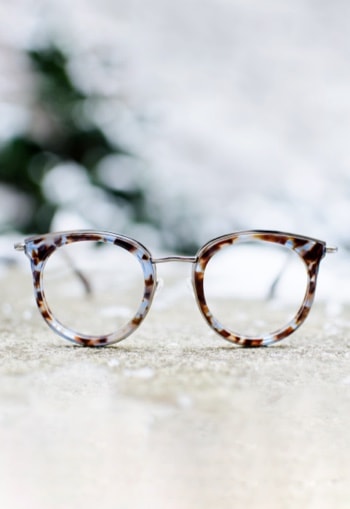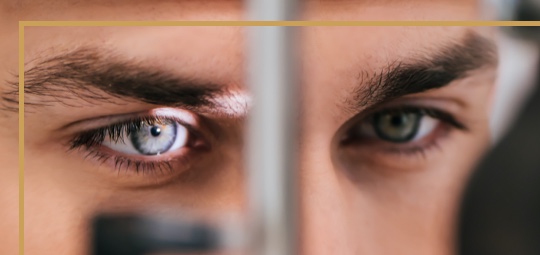Ortho-K Contact Lenses Lenses
Ortho-K (orthokeratology) contact lenses are a specialty contact lens used to help correct nearsightedness. Ortho-K lenses gently reshape your cornea while you sleep, helping you achieve clear vision throughout the day without the need for contacts or eyeglasses.
MiSight Contact Lenses Lenses
MiSight contact lenses can help slow down the progression of myopia in children. These lenses help focus light on the retina and use a series of peripheral rings to create myopic defocus to maintain the shape of your child’s eyes and slow down myopia progression.
Atropine Eye Drops
Atropine eye drops have been shown to slow the progression of myopia. These drops are typically taken just before bed and can help slow eye elongation over time.
Stellest Lens
Developed by Essilor, the Stellest lens utilizes advanced lens technology, known as H.A.L.T. (Highly Aspherical Lenslet Target) technology, to provide a unique optical design that minimizes myopia progression. The lens surface features a multitude of aspherical lens lets that create a consistent myopic defocus across the retina, reducing the stimulus for axial elongation and slowing down myopia progression.
Essilor Stellest lenses slow down myopia progression by 67% on average, compared to single vision lenses, when worn 12 hours a day.
Measuring Axial Length Through the MYAH System
Axial length refers to the distance between the front and back surfaces of the eye, specifically from the cornea to the retina. An increase in axial length is directly correlated with the progression of myopia.
The MYAH system uses optical low-coherence interferometry (OLCI) technology to obtain highly accurate and repeatable measurements of axial length. OLCI works by emitting a low-coherence light beam into the eye, which reflects off different ocular structures. The reflected light beams interfere with each other, creating a unique interference pattern.















